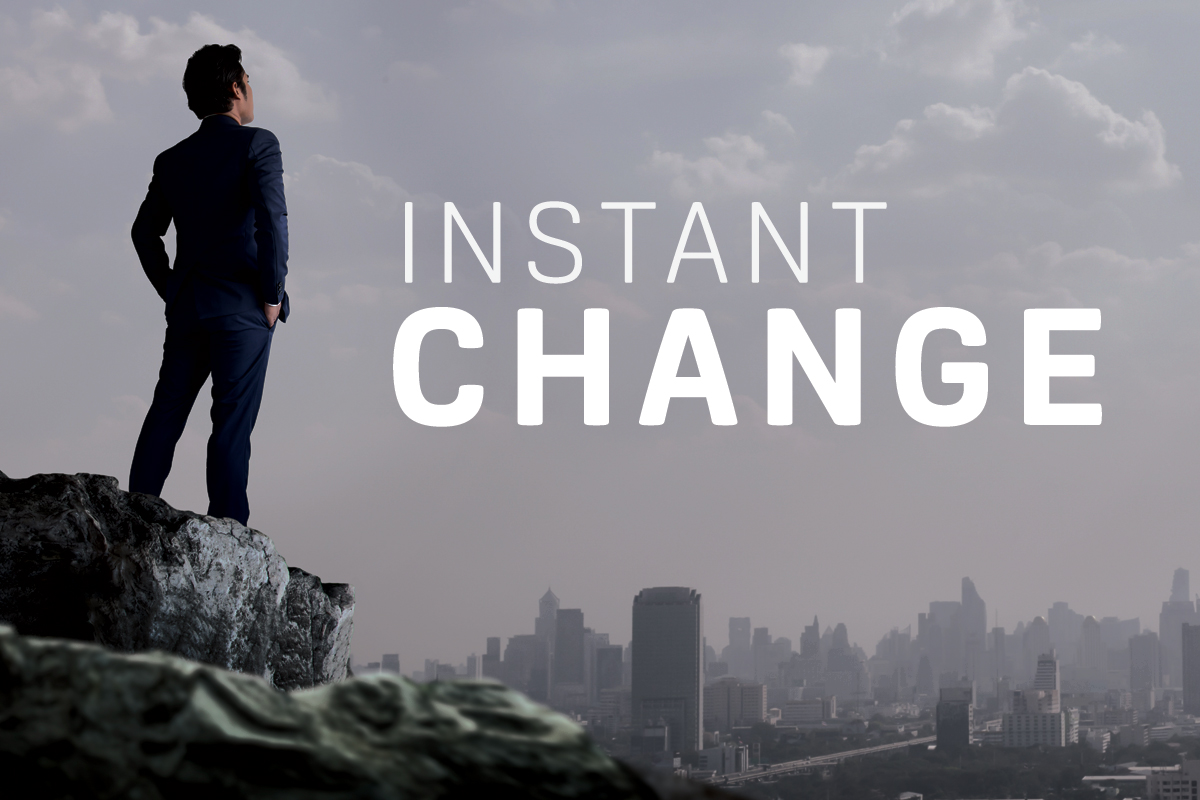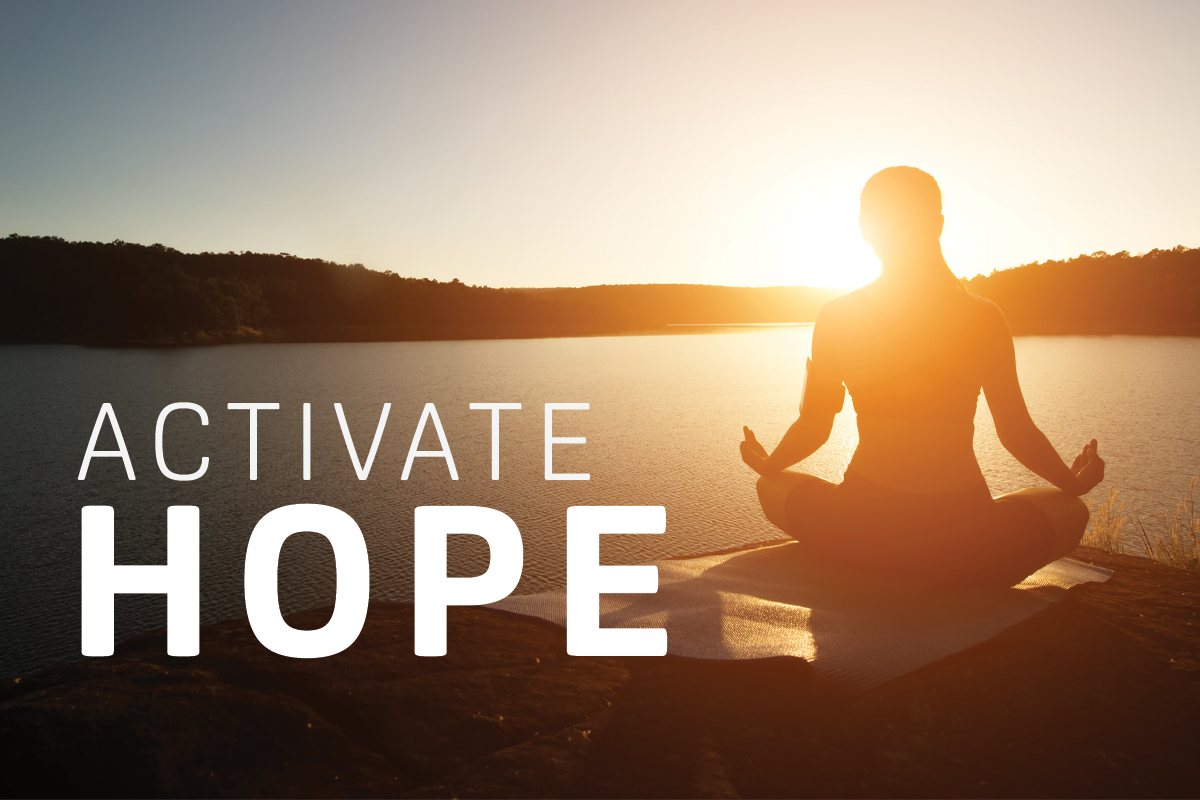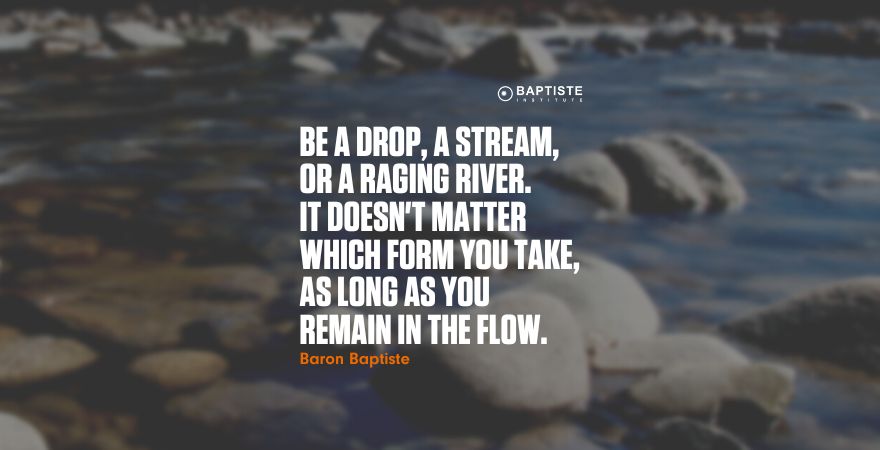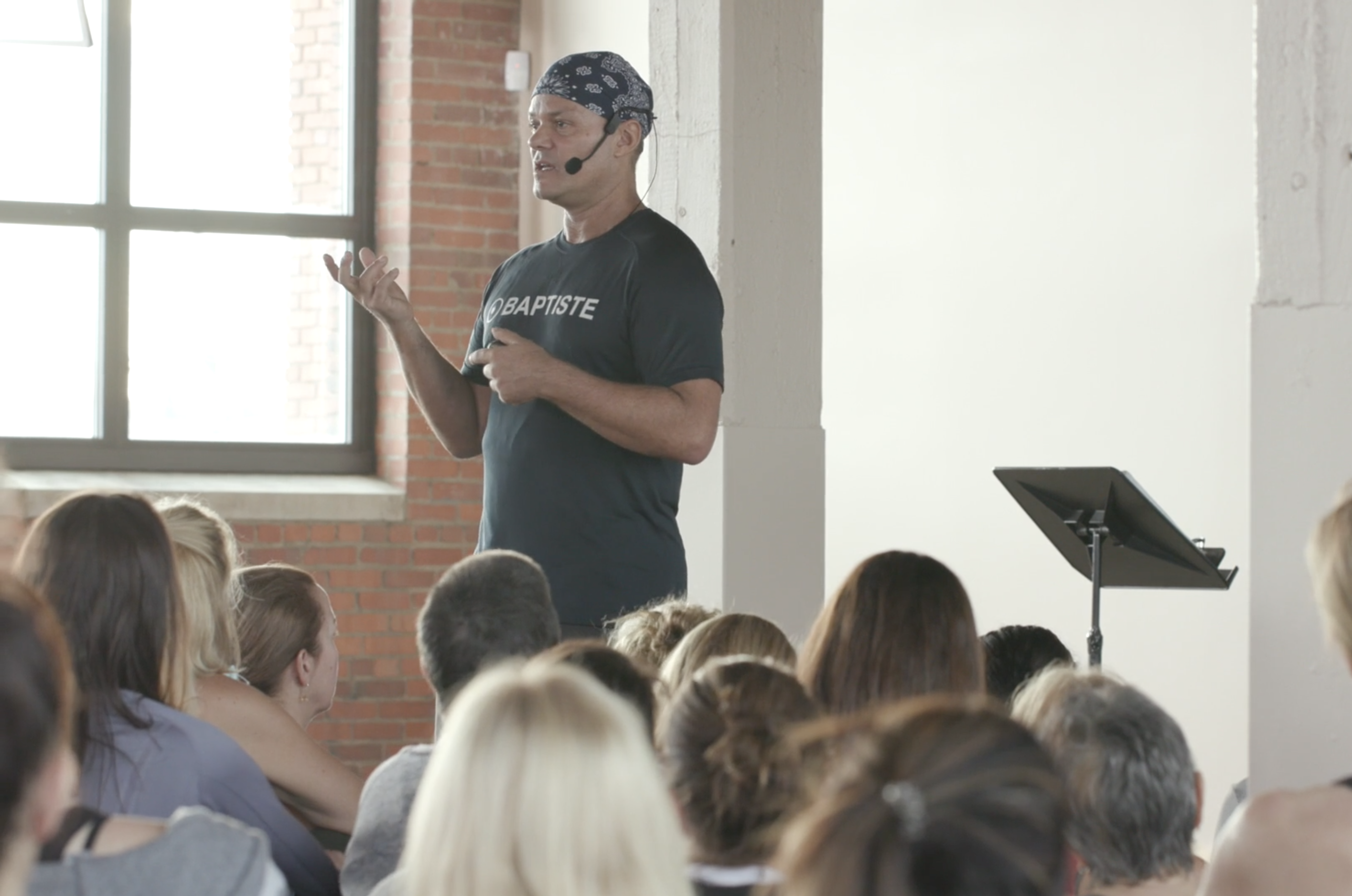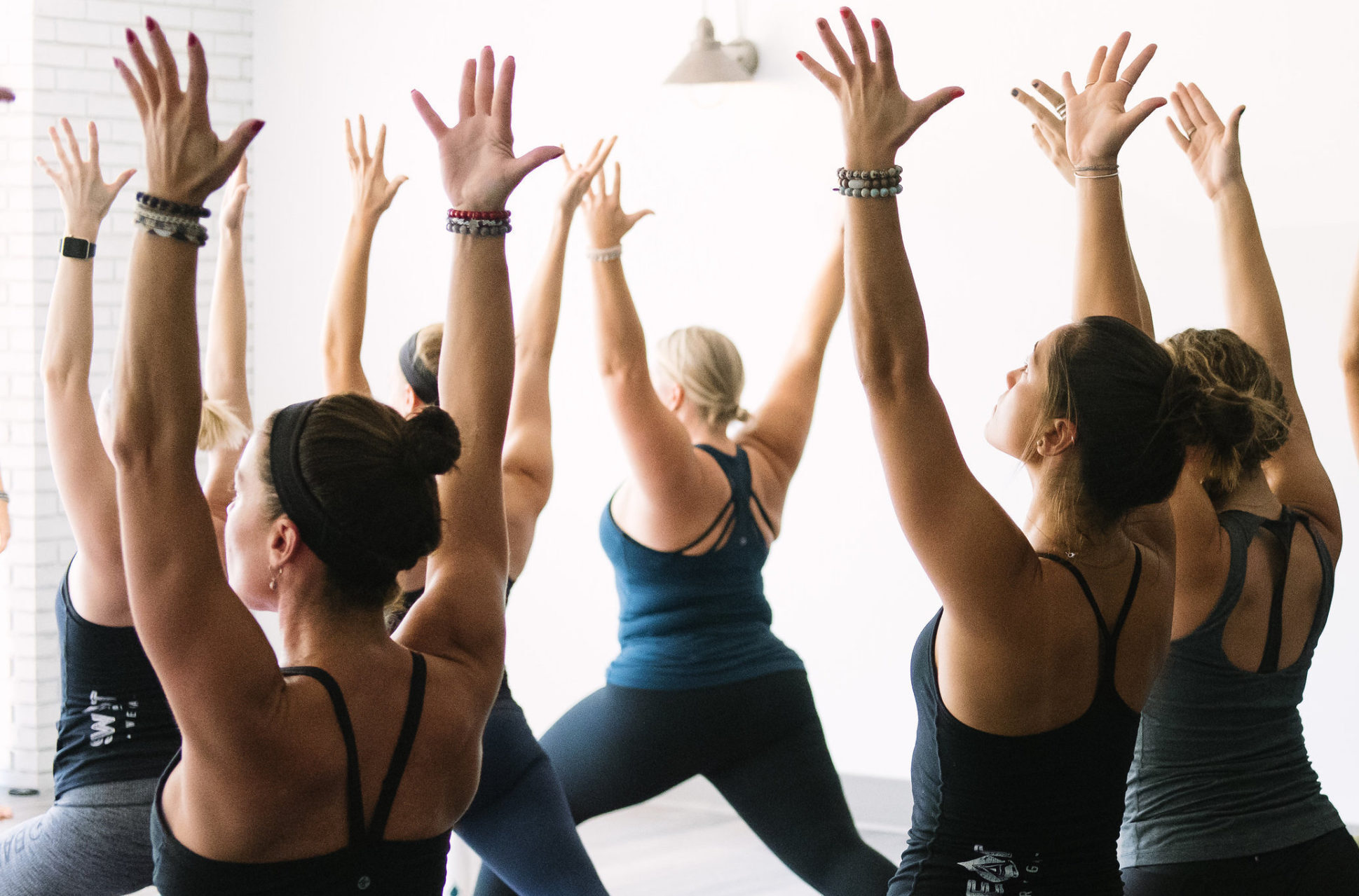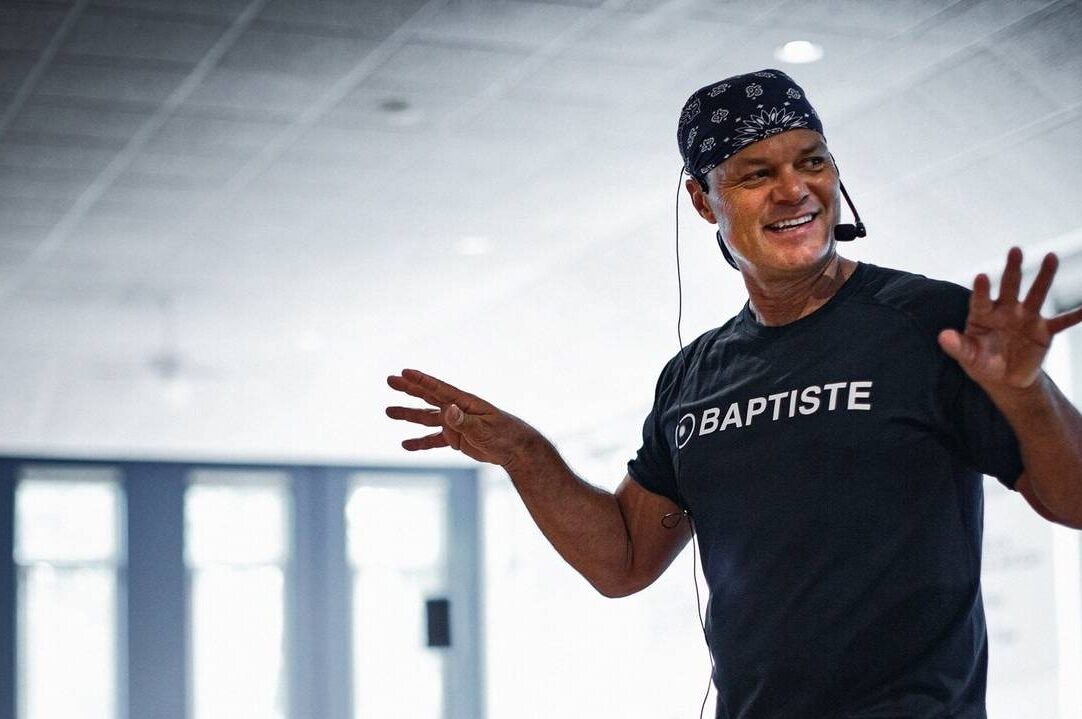HF: The boys and girls at the Juvenile Detention Centers range between the ages of 11-18 years of age. From a very young age, most of these youth have not had a support system or guidance in their lives. Many of their parents struggle with issues of their own.
Over the past few years working with them, I have learned that most of their actions are a reaction to what is happening around them and/or to them. They don’t have the tools in place or positive reinforcement to help them make good choices. They are in a constant state of fight or flight. The experiences that have led these youth to the detention centers include anything from alcohol/drug abuse, vandalism, running away, theft, fighting and mental illness. Some of the youth in the centers are placed there for their own safety until they can be placed in foster care, group homes or recovery centers.

What work do you do with the youth at the Juvenile Detention Centers?
HF: I have a team of 12 teachers who volunteer their time at the detention centers 2x/week for 60 minutes each session. I also work with the kids in the Rehabilitation Center 1x/week for 60 minutes. We are currently working in three detention centers in the state of Ohio and expanding the program into two more counties in 2018.
My team teaches yoga, meditation and breath work. The practice begins with a casual check and name introductions. It means a lot to the kids when you call them by their first name. The physical practice is a modified Journey Into Power (JIP) practice with Trauma Sensitive Yoga integrated throughout the flow. The flow does not utilize any poses that would make the kids uncomfortable in their bodies or around others. Everything is focused on using JIP to create a safe environment for these youth. The standing flow lasts for about 20-25 minutes focusing on 1-2 poses at a time allowing for pauses so the kids can be in the experience and reconnect with their bodies and breath. The remaining 30-35 minutes of the practice is restorative postures against the wall ending with guided meditation and breath work.
The youth have access to mats and blocks. In the near future, they will have access to Journey Into Power books in their cells and library. In addition, I have a teacher training scholarship program that is available for the staff at the detention centers. I have trained 4 staff members in the past 3 years and two are actively teaching yoga throughout the week to the youth. My intention is to train as many staff members within the centers so that yoga and meditation is available daily.
What are some of the results the youth are individually seeing for themselves out of practicing yoga and meditation? What are some of the results that the detention center as a whole is experiencing as a result of this work?
HF: There has been in a shift in the kids’ willingness and attitudes since practicing yoga and meditation. The kids are always asking questions about what meditations, breath work or yoga postures will help with anxiety and stress.
When I speak with the kids, they talk about how they are sleeping better at night because of the different restorative yoga sequences and breath work they have learned. They are pausing before reacting with one another. The kids are helping to teach the yoga practices.
It is amazing to see how putting their voice to a yoga pose builds confidence. There was one boy who always asked if he could just lay and listen while I taught. He never did one pose. One day, I asked who would like to stand on my mat and teach. This young man stood up and said he would. I had no idea what was going to happen because he had never actively participated. He taught for twenty minutes naming all the poses as well as speaking to the breath. I was speechless. He had been listening to every word I had said for the past few months. The kids were cheering him on and he was proud of himself. He asked me afterwards, if I thought he was a good leader. I told him he was one of the best leaders I have ever met and he got emotional. It is in moments like these that I know this work is making a difference.
After the kids leave the centers, some of them keep in touch with me. One of the youth, who is now 19, was in and out of juvenile prison since he was 12 years old. He takes yoga classes at my studio whenever he is able. He has told me that the yoga program changed his life and made him believe that he was more than his past.
The overall attitude and environment at the detention centers have changed. Over the past two years, the staff, guards and judges look and speak differently about these kids. They no longer label them as bad or define them by their past. They now see them as a human being who is just a child. The guards and staff take personal stake in these kids and their well being. Since the yoga program has started, the detentions center now holds a yearly art and garden show, the kids are learning how to cook and they have a science fair. The kids are learning how to build and make things. They have started day programs for the kids who have a somewhat stable home life so they don’t have to be incarnated overnight. The detention centers have taken on the attitude of empowering these youth and giving them tools so when they leave they can make healthy choices.

What have you learned as a result of your work with these kids?
HF: This has been a life changing experience for me. Before I started to work with these kids I would have labeled and judged them as good or bad based on what I read in the news or heard. Once I got up close to the kids, I saw something completely different. I saw young human beings who lived every moment in fear and uncertainty without having any support system in place. I dropped my judgment, opened my eyes and began listening in a different way. I learned most of these kids at some point in their lives have experienced traumatic events and the choices they made were their only way out. For some of the kids, mental health issues are the cause and their guardians/parents don’t have the financial and/or mental ability to get them the help they need. As a result, the youth are labeled juvenile delinquents.
These are the kids no one wants to talk about because they have judged them without knowing them. These are the kids that, if people would take time to get up close to them, they would see children who desperately want to be loved and guided. These kids want to feel better and have normal lives. They just don’t know where to begin.
How did you get started working in Juvenile Detention Centers?
HF: Mark Beerse is the reason why this program exists. Three years ago I received an email from Mark Beerse, who at the time, was the Program Coordinator at a Juvenile Detention Center in Ohio. He wanted to know if my studio was interested in providing yoga and meditation to the kids. Mark was only 23 years old and he was ready to do whatever it took to create some type of normalcy for these kids.
When I met Mark, I knew he was placed in my life for a reason. Everything he did was for the well being of others. Within two weeks, myself and another teacher at the studio were teaching yoga and meditation to the youth at the center. Mark was determined to make the administration believe in this program. The beginning was challenging and he never gave up.
Within a few months, the program was in place and Mark participated in my teacher training. Mark was teaching yoga to the youth at 5:30am a couple of times a week and to the staff once a week. Actionable results were being noticed by everyone. Mark was making such a difference and there was so much to be created.
I am not sure what happened and I will never know the answer. On May 5th 2015, Mark Beerse took his life. It still is something I am learning to accept. After Mark’s death, his sister Meg Beerse became an integral part in moving forward the youth program at the centers and in my life as well. Everyone wanted to continue Mark’s work. The administration opened their doors to us and gave us the ability to create the programs Mark had always wanted.
The program is in memory of Mark Beerse Everlasting Light.

What tool(s) could you offer someone right now that would help immediately to deal with anxiety and stress?
The tools that I give to the youth at the JDC in moments of any type of emotional imbalance are simple and effective.
When you are in a group of people and your emotions become elevated, this technique can be done in 5-10 second. The most important thing is to get through the elevated moment with as little reaction as possible. The intention is to create a sense of safety and support through the physical body.
- Pause and focus your eyes on one spot.
- Bring your attention to your breath and focus on the exhalation.
In moments of distress (fight or flight) kids get stuck in the inhalation cycle of breath which creates a sense of tightness in the chest. In these moments they lose the full exhalation. Bringing the attending to the exhalation is a sense of physical release in the body. This will start to balance out the inhales and exhales, which will help to regulate their emotions within seconds. - Press your feet down into the ground.
The bottom of the feet is the access point to every nervous system in the body, which helps to regulate the emotional body. Stabilizing their body through their feet gives them a sense of safety and support. - This is not the time to contract your muscles or body. Give yourself permission to soften your knees, elbows and your entire body.
- Allow yourself to walk away in situations you are able to.

If you are home and have access to a wall or floor, this is a short practice that can be done to help you calm down and sleep better. It is great because at all times the back body, front body or side bodies are being supported, so you won’t feel totally exposed. This practice ranges anywhere from 10-30 minutes, depending on the situation. Eyes are open or closed. It is your choice.
- Lay on your back and press your feet into the wall or bend the knees and draw them together while pressing the feet into the mat, stabilizing your body through your back body and your feet to create a sense of foundation. This is home base.
- Lay your hands on your belly and notice the quality of the breath, inhales and exhales. Bring your focus to the exhale to create balance in each breath cycle.
- Once your breath has regulated, do Pigeon pose using the wall space or just crossing the right ankle over the left thigh. Stay for 2-3 minutes, come back to home base with feet on mat or touching the wall and switch sides.
- Take your legs up the wall for 2-3 minutes. You can end here or continue depending on how much time you have.
- Come back to feet touching wall and roll to your right side, bending your knees and allowing right side body to relax. Roll back onto your back and pause at home base, then repeat on left side body. Come back to home base and then roll onto your belly creating a safe space for the front body. Roll back to home base ending in Corpse pose or legs up the wall.
Remember, it is important to come back to home base between every posture, re-setting the foundation and creating a pause.



